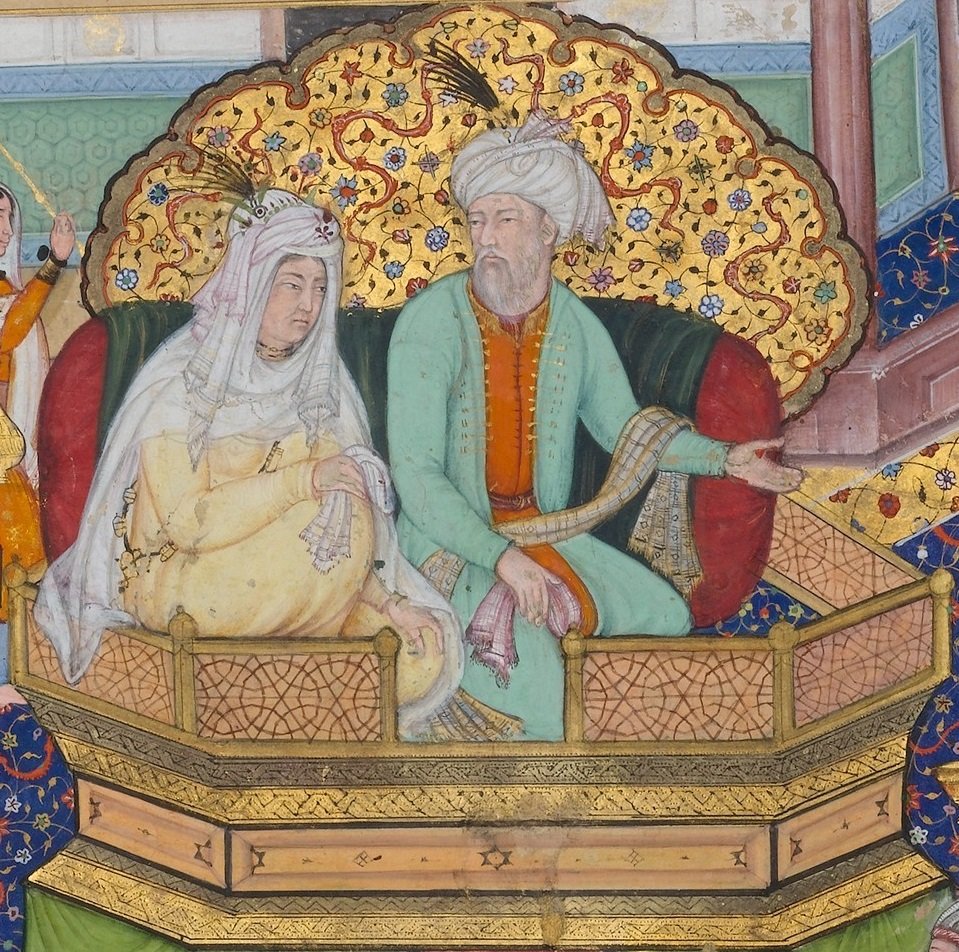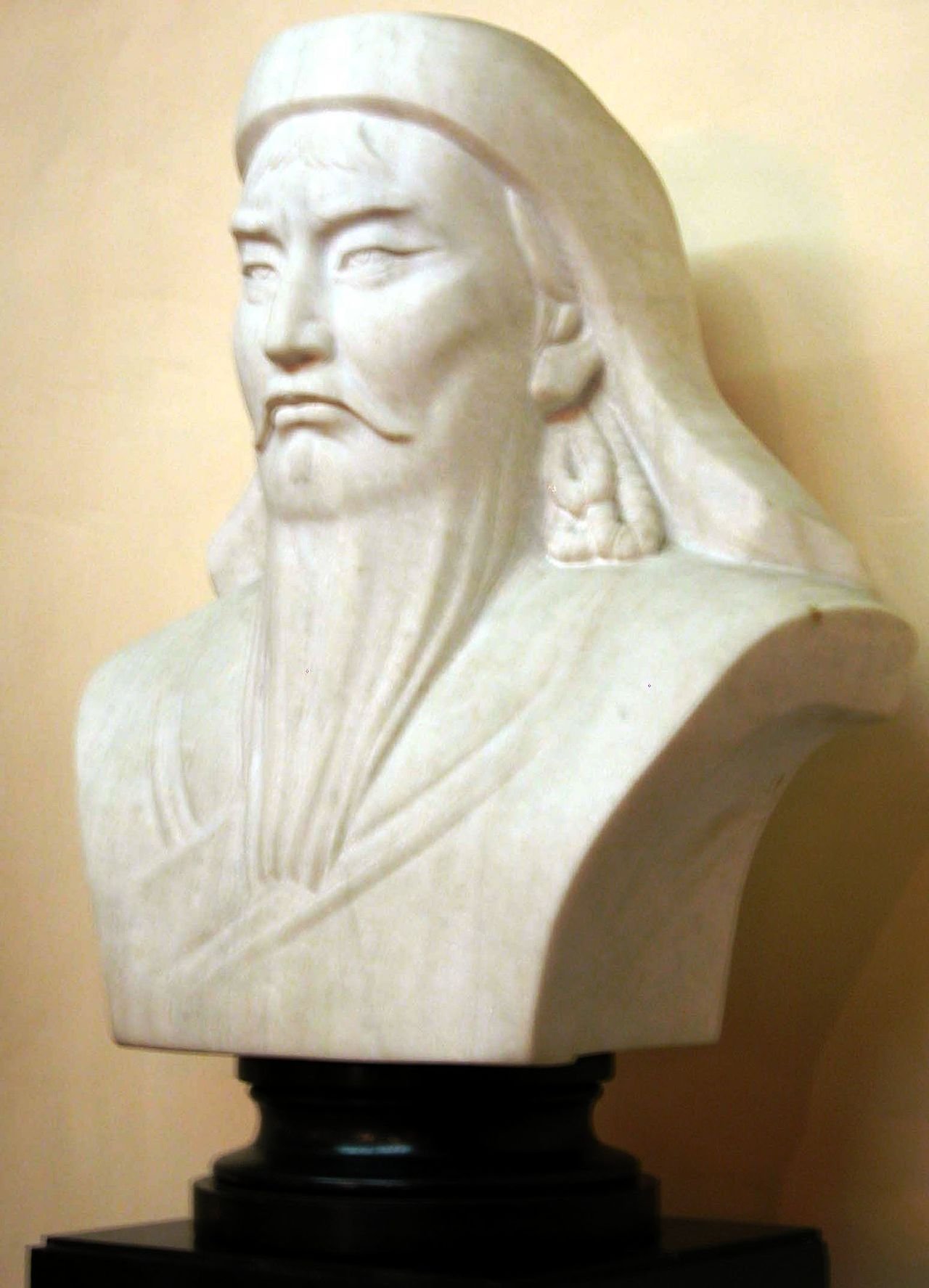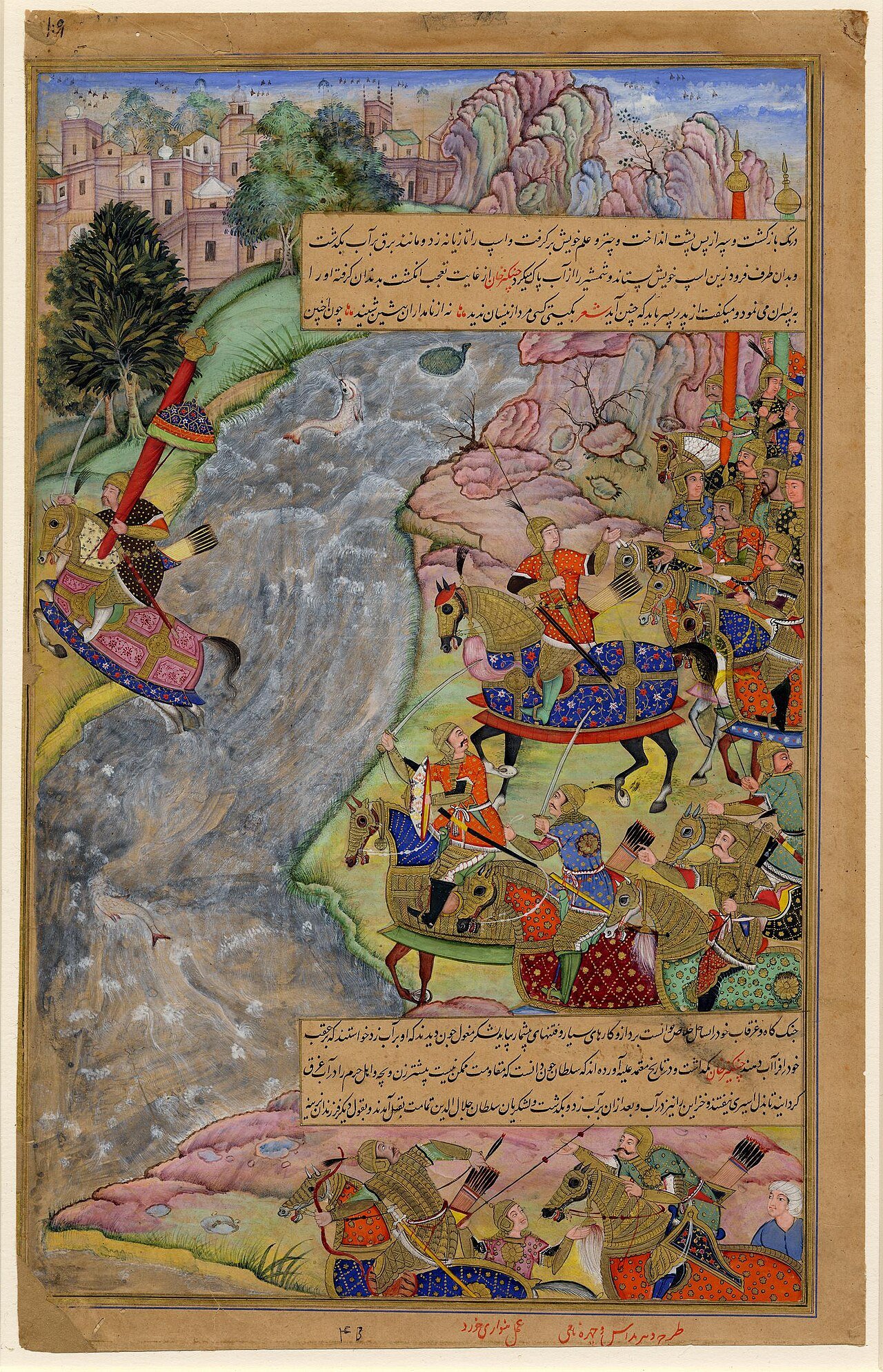Genghis Khan and his Impact on Mongol Tribes
Genghis Khan, also known as Temujin, is one of history’s most influential figures. Born in the 12th century in what is now Mongolia, Genghis Khan went on to become the founder and leader of the Mongol Empire, which at its peak stretched from Asia to Europe. Through his military prowess, political acumen, and innovative governance, Genghis Khan united the fractious Mongol tribes and transformed them into a formidable force. This article delves into the life and achievements of Genghis Khan, exploring his rise from outcast to leader, the unification of Mongol tribes under his rule, his military strategies and tactics, the rapid expansion of the Mongol Empire, his administrative policies and governance, cultural and religious tolerance, economic and trade developments, his enduring legacy, and his rule’s historical evaluation.

From Outcast to Leader
Genghis Khan’s early life was marked by hardship and adversity. Born into the low-ranking Borjigin clan, he faced discrimination and was even abandoned by his own tribe. However, through his intelligence, determination, and leadership skills, Temujin rose above his humble beginnings. He consolidated power by forging alliances, quelling internal conflicts, and defeating rival tribes. He established a code of laws, known as the Yassa, which promoted justice and loyalty among his followers. Temujin’s exceptional ability to inspire loyalty and his unparalleled military skills propelled him to become the supreme leader of the Mongol tribes, assuming the title of Genghis Khan.

The Unification of Mongol Tribes under Genghis Khan
Genghis Khan’s greatest achievement was the unification of the Mongol tribes. Through a combination of diplomacy, coercion, and military conquest, Genghis Khan succeeded in bringing together previously warring clans and tribes under his leadership. He employed a meritocratic system, promoting individuals based on their abilities rather than their social status. This created a sense of unity and purpose among the Mongols, fostering a formidable fighting force that would become the foundation of the Mongol Empire.

Genghis Khan’s Military Strategy and Tactics
Genghis Khan was a military genius, renowned for his innovative strategies and tactics. He revolutionized the art of warfare by introducing new military technologies, such as the composite bow and the mobile cavalry. He promoted discipline, organization, and flexibility within his army. Genghis Khan emphasized the importance of intelligence gathering and employed spies to gather information about enemy movements and weaknesses. His strategy of swift and mobile warfare, combined with his ability to adapt to different terrains and climates, allowed the Mongols to conquer vast territories with astonishing speed.

The Mongol Empire’s Rapid Expansion under Genghis Khan
Under Genghis Khan’s leadership, the Mongol Empire experienced unprecedented expansion. From the 1200s to the early 1220s, the Mongols conquered vast territories, including China, Central Asia, and parts of Europe. Genghis Khan’s military campaigns were marked by their ruthlessness and effectiveness. His conquering armies were known for their speed, discipline, and brutality, striking fear into their enemies. The Mongols’ ability to adapt to different cultures and assimilate conquered peoples into their society played a crucial role in their rapid expansion.
Genghis Khan’s Administrative Policies and Governance
Genghis Khan was not only a skilled military leader but also a visionary administrator. He implemented a centralized government structure that allowed for effective rule over a vast empire. Genghis Khan appointed capable administrators and created a postal system called the Yam, which facilitated efficient communication and ensured the smooth running of his empire. He also introduced a system of taxation and land distribution, which promoted economic development and social stability. Genghis Khan’s governance laid the foundations for the Mongol Empire’s longevity and success.
Cultural and Religious Tolerance in the Mongol Empire
Contrary to popular belief, Genghis Khan’s empire was characterized by remarkable religious and cultural tolerance. Rather than imposing his own beliefs on conquered peoples, Genghis Khan allowed religious freedom and protected scholars, artists, and artisans. He embraced diversity and incorporated the skills and knowledge of different cultures into his empire. This religious and cultural tolerance fostered a sense of inclusivity and cohesion, contributing to the longevity and stability of the Mongol Empire.
Economic and Trade Developments during Genghis Khan’s Reign
Genghis Khan implemented policies that promoted economic growth and trade within his empire. He encouraged commerce by establishing secure trade routes, ensuring the safety of merchants, and reducing trade barriers. Genghis Khan’s empire became a hub of economic activity, facilitating the exchange of goods and ideas across vast distances. The Mongols also pioneered the use of paper money and implemented a uniform system of weights and measures, further facilitating trade and economic development.
Genghis Khan’s Legacy
Genghis Khan’s legacy extended far beyond his lifetime. His empire continued to thrive even after his death, as his descendants, known as the Great Khans, expanded and ruled over vast territories. The administrative and governance systems implemented by Genghis Khan served as a model for his successors. His military strategies and tactics were emulated by future conquerors, and his emphasis on loyalty and unity became embedded in Mongol culture. Genghis Khan’s legacy as a unifier and visionary leader had a lasting impact on subsequent rulers and the course of history.
The Fall of the Mongol Empire after Genghis Khan
Despite its initial success, the Mongol Empire eventually declined after Genghis Khan’s death. Internal conflicts, succession disputes, and the vastness of the empire contributed to its fragmentation. Additionally, the Mongols faced resistance and opposition from other powerful empires, such as the Mamluks and the Yuan Dynasty. The empire’s decline ultimately led to the disintegration of the Mongol Empire into smaller, independent states.
The Enduring Impact of Genghis Khan on Mongolian Identity
Genghis Khan’s legacy continues to shape Mongolian identity to this day. He is revered as a national hero and a symbol of Mongolia’s past glory and strength. Genghis Khan’s ability to unite diverse tribes and create a powerful empire instills a sense of pride and unity among the Mongolian people. His leadership qualities, military prowess, and administrative innovations continue to inspire and influence Mongolian society and its aspirations for the future.
Genghis Khan in Historical Perspective
Genghis Khan’s rule is a subject of ongoing historical debate. While some view him as a brutal conqueror responsible for the deaths of millions, others argue that he was a visionary leader who laid the foundations for a prosperous empire. Evaluating Genghis Khan’s rule requires examining both the positive and negative aspects of his reign. His military achievements were undeniably impressive, but the cost in human lives cannot be overlooked. Ultimately, Genghis Khan’s impact on history cannot be denied, and his legacy remains a subject of fascination and study to this day.
Genghis Khan’s role in uniting the Mongol tribes and expanding the Mongol Empire is a testament to his exceptional leadership abilities and strategic vision. Despite his humble origins, Genghis Khan became one of the most influential figures in history. His military conquests, administrative policies, cultural tolerance, and economic developments transformed the Mongol Empire and left an indelible mark on world history. Genghis Khan’s enduring legacy continues to be a subject of fascination and study, as his achievements and rule continue to shape our understanding of leadership, empire-building, and the complexities of historical evaluation.


